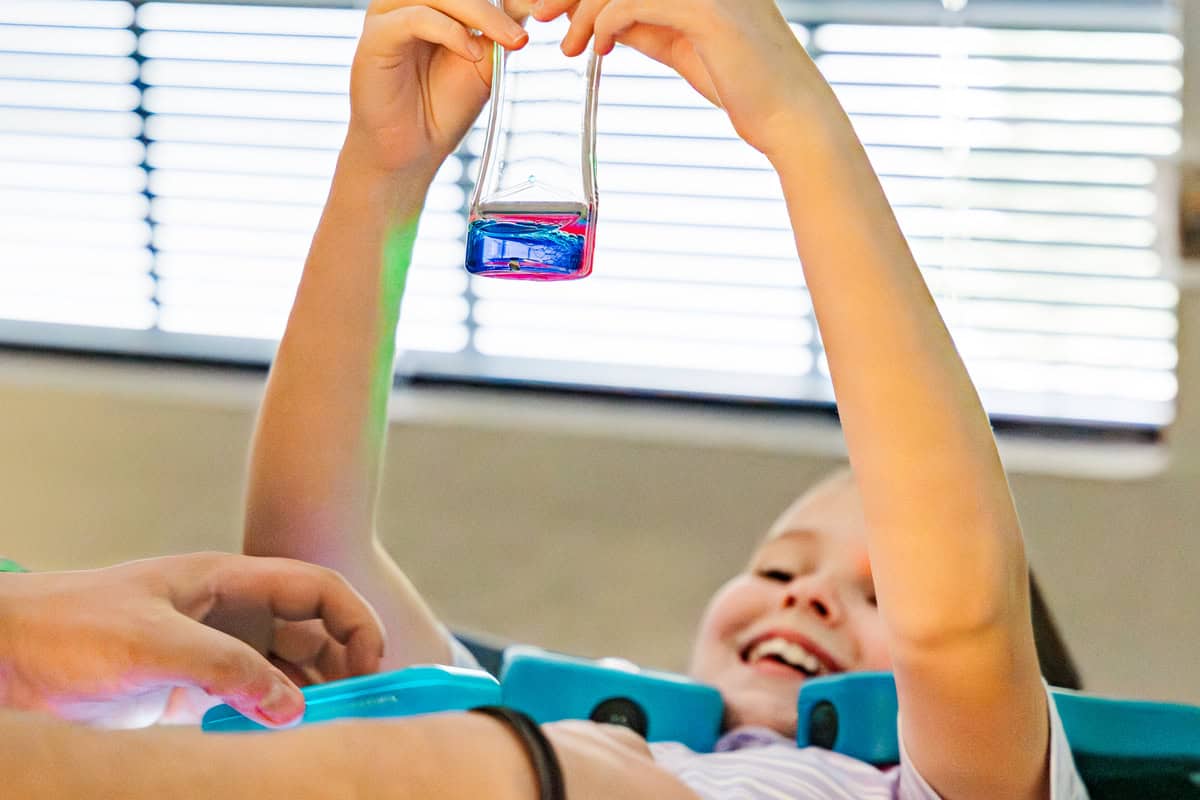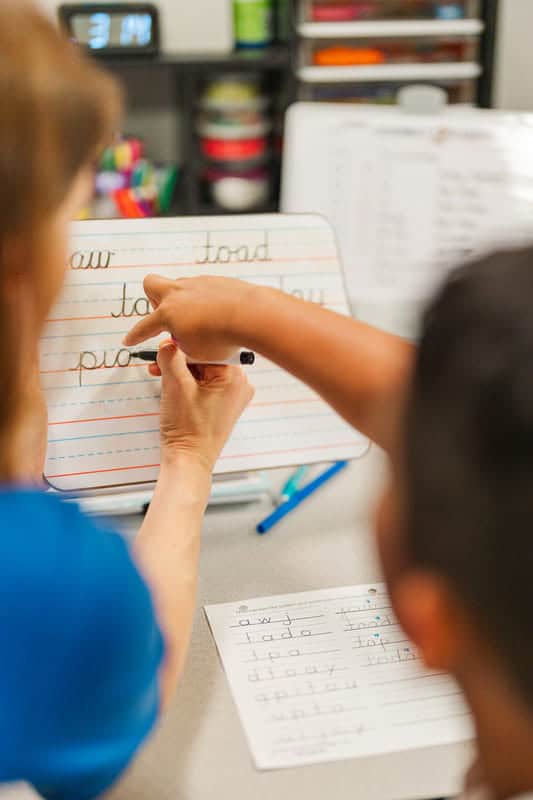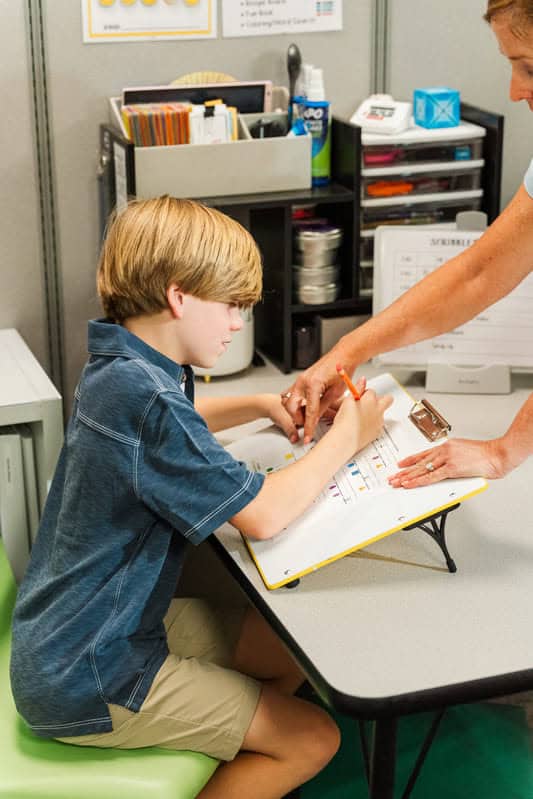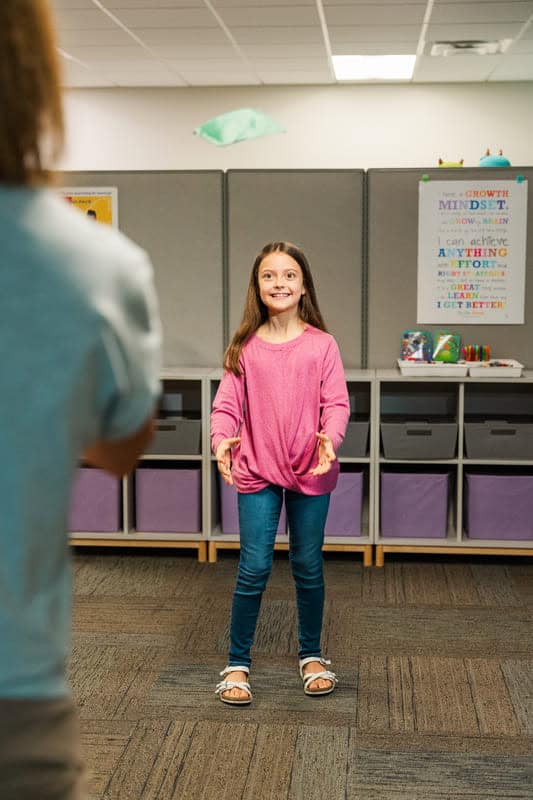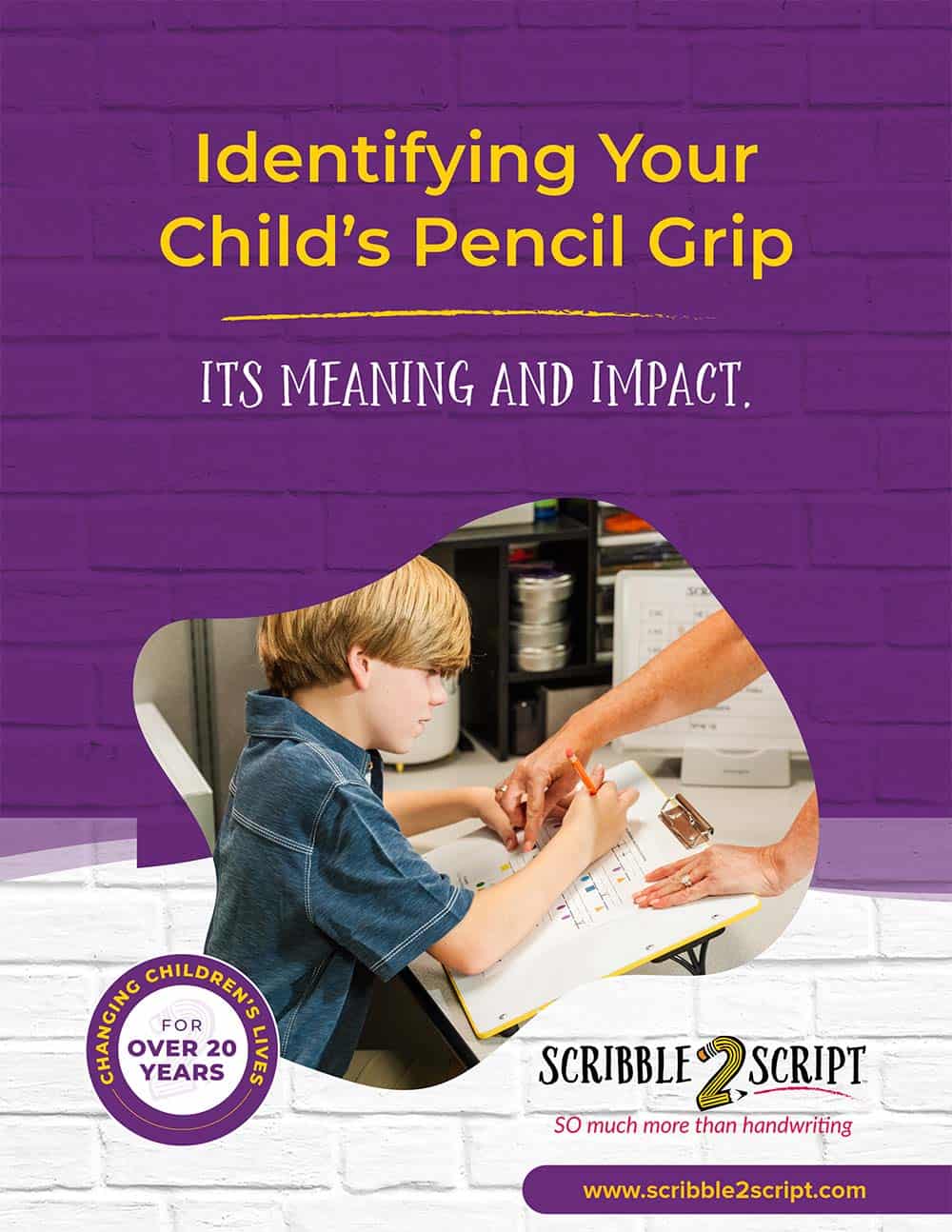Many parents have never heard of primitive reflexes, but these automatic movement patterns play a crucial role in early childhood development. They help babies survive, develop motor control, and build the foundation for higher-level skills like coordination, balance, and even handwriting. However, when these reflexes do not integrate properly, they can interfere with a child’s learning, behavior, and motor skills.
In this blog, we’ll explore what primitive reflexes are, the signs of retention, and how integrating them can improve handwriting, focus, and overall development.
What Are Primitive Reflexes?
Primitive reflexes are involuntary movements that originate in the brainstem and help newborns respond to their environment. These reflexes should naturally integrate (disappear) as a child grows, allowing for more controlled and purposeful movement. However, if these reflexes remain active beyond infancy, they can interfere with motor coordination, posture, and cognitive functions.
Signs of Retained Primitive Reflexes
Children with unintegrated primitive reflexes may experience:
- Poor handwriting and difficulty maintaining consistent letter size and spacing.
- Awkward posture when sitting at a desk.
- Difficulty crossing midline (e.g., trouble writing from left to right or switching hands).
- Challenges with coordination and balance.
- Impulsivity, emotional outbursts, or difficulty with focus.
- Sensory sensitivities, such as being overly sensitive to sounds, lights, or textures.
Common Retained Reflexes and Their Effects
Here are three primitive reflexes that commonly impact handwriting, learning, and motor development:
1. Moro Reflex (Startle Reflex)
- What It Is: An automatic startle response triggered by sudden changes in stimuli (loud noise, bright light, unexpected movement).
- Signs of Retention: Hypersensitivity to sound/light, heightened anxiety, trouble focusing, emotional outbursts.
- Impact on Learning: Children may feel constantly on high alert, making it difficult to concentrate and engage in learning activities.
2. Asymmetrical Tonic Neck Reflex (ATNR)
- What It Is: When a baby turns their head, the arm on that side extends while the opposite arm bends. This reflex helps develop hand-eye coordination in infancy.
- Signs of Retention: Poor handwriting, difficulty crossing midline, trouble copying from the board, messy or inconsistent letter formation.
- Impact on Learning: If retained, ATNR can make it difficult for children to track words across a page, affecting reading and writing skills.
3. Symmetrical Tonic Neck Reflex (STNR)
- What It Is: A reflex that helps babies transition from lying on their stomach to crawling.
- Signs of Retention: Poor posture at a desk, difficulty sitting still, slouching while writing, trouble switching between near and far focus (board to paper).
- Impact on Learning: If retained, STNR can lead to difficulties with posture, coordination, and visual tracking, making classroom learning more challenging.
How to Help Integrate Reflexes
While retained primitive reflexes can create challenges, they can be integrated through purposeful movement activities. Strategies include:
- Engaging in targeted movement exercises designed to retrain the nervous system.
- Practicing cross-body activities, such as crawling, playing catch, or drawing figure eights in the air.
- Encouraging slow, rhythmic movements, such as rocking, rolling, or gentle stretching to help the brain recognize and integrate reflexes.
Addressing retained primitive reflexes can have a profound impact on a child’s ability to write, focus, and learn effectively. When these reflexes are properly integrated, children can improve their handwriting, motor coordination, and overall academic performance. At Scribble 2 Script, we offer specialized programs that incorporate targeted movement activities to help children overcome these developmental roadblocks. Contact us to learn more about how we can support your child’s success!


